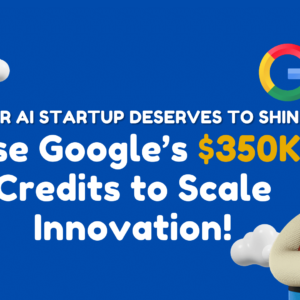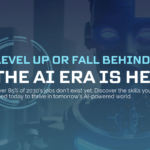AI is evolving faster than ever, and the tools we use today might just change how the world works tomorrow! Imagine building a smart assistant or a recommendation engine, it’s all possible with these evolving tools! In this blog post, we will explore the fascinating world of AI libraries, their importance, and the latest trends shaping their development. Let’s dive in!
What Are AI Libraries and Why Are They Important?
AI libraries are collections of pre-written code that allow developers to create artificial intelligence applications more efficiently. These libraries provide tools and functions for tasks like machine learning, natural language processing (NLP), and data analysis.
Importance of AI Libraries:
- Efficiency: They save time by providing ready-to-use functions instead of requiring developers to write code from scratch.
- Accessibility: They make advanced AI techniques accessible to more people, including those without extensive programming backgrounds.
- Innovation: By simplifying complex tasks, they foster innovation, allowing developers to focus on creating unique solutions rather than getting bogged down in technical details.
Latest Trends in AI Libraries
The landscape of AI libraries is constantly changing. Here are some of the latest trends:
- Integration with Cloud Platforms: Many AI libraries are now designed to work seamlessly with cloud services like AWS, Google Cloud, and Microsoft Azure. This integration allows for scalable computing resources and easier deployment of AI models.
- Advancements in Natural Language Processing (NLP): Libraries like Hugging Face are leading the charge in NLP, making it easier to build applications that understand and generate human language.
- Lightweight Libraries for Mobile/Edge Devices: As mobile computing grows, there’s a demand for lightweight libraries that can run efficiently on smartphones and edge devices. This trend is making AI more accessible in everyday applications.
Top Libraries Evolving Today
Several libraries are at the forefront of this evolution:
- TensorFlow: Developed by Google, TensorFlow is a powerful library for deep learning that supports both research and production. It excels in tasks involving images, audio, and text.
- PyTorch: Known for its flexibility and ease of use, PyTorch is favored by researchers and developers alike. It allows for dynamic computation graphs, making it easier to experiment with new ideas.
- Hugging Face: This library specializes in NLP tasks and has gained popularity for its user-friendly interface and extensive model repository. It enables developers to implement state-of-the-art language models with minimal effort.
Benefits of These Libraries for Developers and Businesses
AI libraries provide numerous advantages:
- Cost Efficiency: By speeding up development time, businesses can save money on projects while still achieving high-quality results.
- Enhanced User Experience: With personalized recommendations and intelligent responses powered by AI libraries, businesses can significantly improve customer interactions.
- Data Insights: These libraries help organizations analyze large datasets quickly, enabling data-driven decision-making that can lead to better outcomes.
The Future of AI Libraries
The future looks bright for AI libraries! We can expect:
- Increased Collaboration: More partnerships between tech companies and academic institutions will lead to innovative solutions that push the boundaries of what AI can do.
- Greater Focus on Ethics: As AI becomes more integrated into society, there will be a stronger emphasis on ethical considerations regarding data privacy and bias mitigation.
- Personalization at Scale: Future libraries will likely offer even more sophisticated personalization features, enhancing user experiences across various applications.

Tips for Beginners on Starting with AI Libraries
If you’re new to AI libraries, here are some tips to get started:
- Choose the Right Library: Depending on your project needs (e.g., image processing or NLP), select a library that best fits your goals. For instance, use TensorFlow for deep learning tasks or Hugging Face for NLP projects.
- Start Small: Begin with simple projects to familiarize yourself with the library’s functionalities before tackling more complex applications.
- Utilize Online Resources: Many libraries have extensive documentation and community support forums where you can find tutorials and ask questions.
Real-World Examples of AI Library Applications
AI libraries are making waves across various sectors:
- Healthcare: Machine learning models are used to predict patient outcomes or assist in diagnosing diseases based on medical images.
- Finance: Algorithms analyze market trends and customer behavior to inform investment strategies or detect fraudulent activity.
- Entertainment: Recommendation systems powered by AI libraries suggest movies or music based on user preferences, enhancing user engagement.
The world of AI libraries is an ever-changing playground for innovation. Want to keep up? Embrace these evolving technologies!
Conclusion
As we’ve explored, AI libraries are not just tools, they are gateways to innovation that empower developers and businesses alike. With advancements in technology continuing at breakneck speed, now is the perfect time to dive into the world of AI libraries. Whether you’re looking to enhance user experiences or streamline operations, these tools will be essential in shaping our digital future.
Explore popular AI libraries like TensorFlow, PyTorch, and Hugging Face today! Embrace the power of evolving technologies and see how they can transform your projects!












